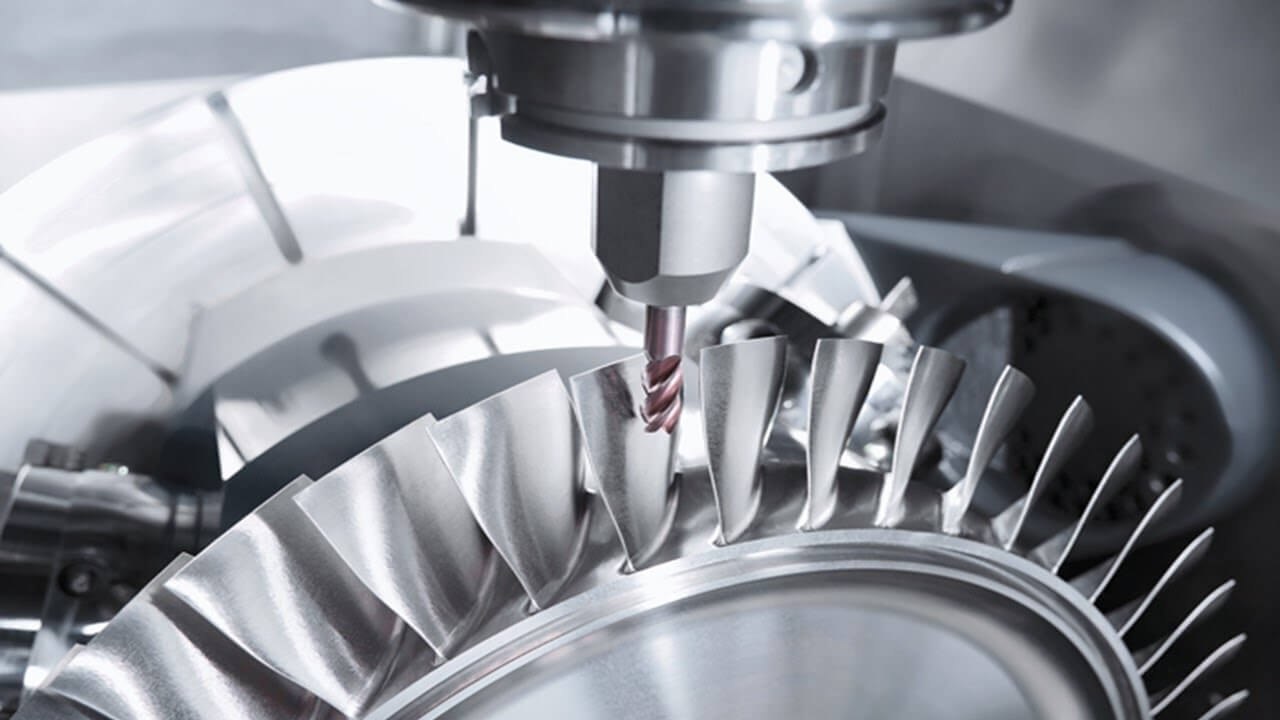Aerospace Precision Machining: Meeting the Rigorous Demands of the Sky
We operate a precision machine shop with extensive capabilities to complete complex, tight tolerance work. These include 4 and 5 axis machining centers and a range of turning, milling and grinding equipment. Mega Machining has a reputation and a proven track record of providing the highest quality products and services to the aerospace, defense and commercial industries.
This blog showcases our aerospace parts machining capabilities, describes what is involved, and the benefits of precision machining for aerospace.
1.Application First
Apart from safety, weight is the biggest consideration for any aerospace-related product, as lighter aircraft and helicopters can carry greater payloads.
The focus on weight dictates the materials used and part geometry. The most widely used metals are 7000 series aluminum and titanium.
They are chosen for their strength, light weight, and good corrosion resistance. Heat-resistant alloys such as Inconel are used for special purposes, especially certain engine components.
A consequence of the focus on quality is that aerospace parts tend to be very complex. There is a greater emphasis on part integration than on using components.
This eliminates fasteners, but results in tight tolerances and complex geometries. In addition, removing unnecessary material often means machining deep pockets and leaving thin walls.
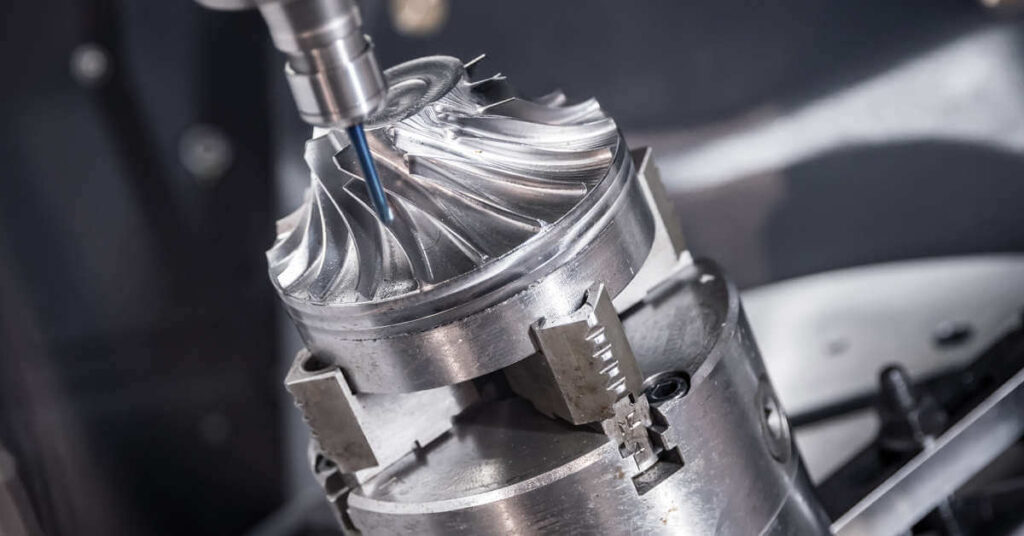
2.Machining Overview
Many aerospace components are milled rather than turned because they are made from solid billets, forgings or castings and require only grooves, flats and holes.
Hydraulic system components are an exception as they are usually turned.
Alloys used for aerospace components are generally difficult to machine. 7000 series aluminum alloys require high cutting speeds to avoid “built-up edge” on the inserts, and new aluminum-lithium alloys are even more difficult to machine.
Titanium alloys are very difficult to machine because they have poor thermal conductivity and most of the heat generated by cutting goes into the tool rather than the chips. In addition, the chips are hard and abrasive and tend to stick to the cutting edge and form wires.
To combat this, close attention must be paid to cutting conditions, cutting fluids and the inserts used when machining aerospace alloys.
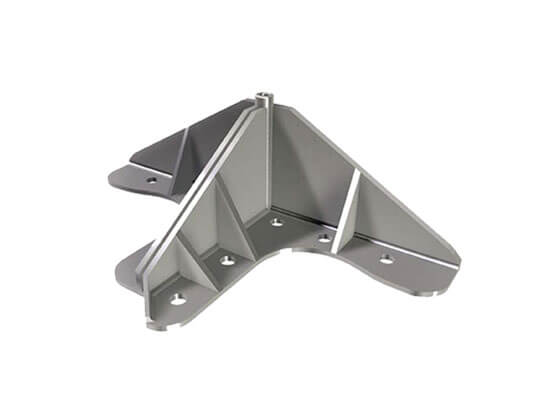
3.Milling Aerospace Components
CNC machining is almost essential for these components because of its high accuracy and repeatability.
In addition, the complexity of many aerospace components means that 5-axis machining is often the only way to produce them.
With true 5-axis, the workpiece moves as it cuts to produce complex contours and mill deep grooves.
Also, because more work can be done in a single setup, features are more closely related geometrically and there is less variation between parts.
High spindle speeds and horsepower are needed to minimize machining time. When milling 7000 series alloys, it is best to use a machine with a spindle speed of 20 – 30,000 rpm and a horsepower of 80hp or more to maximize material removal rates.
Many aerospace parts require groove milling, which again presents two challenges. The first is chip evacuation. Choosing the right cutting tool can help.
But another approach is to let gravity assist and put the tool axis in a horizontal position, something that 5-axis machines can do or come close to doing.
Also, when the groove walls are thin, it is important not to apply too much side force when cutting. This is another benefit of using high rotational speeds and surface speeds.
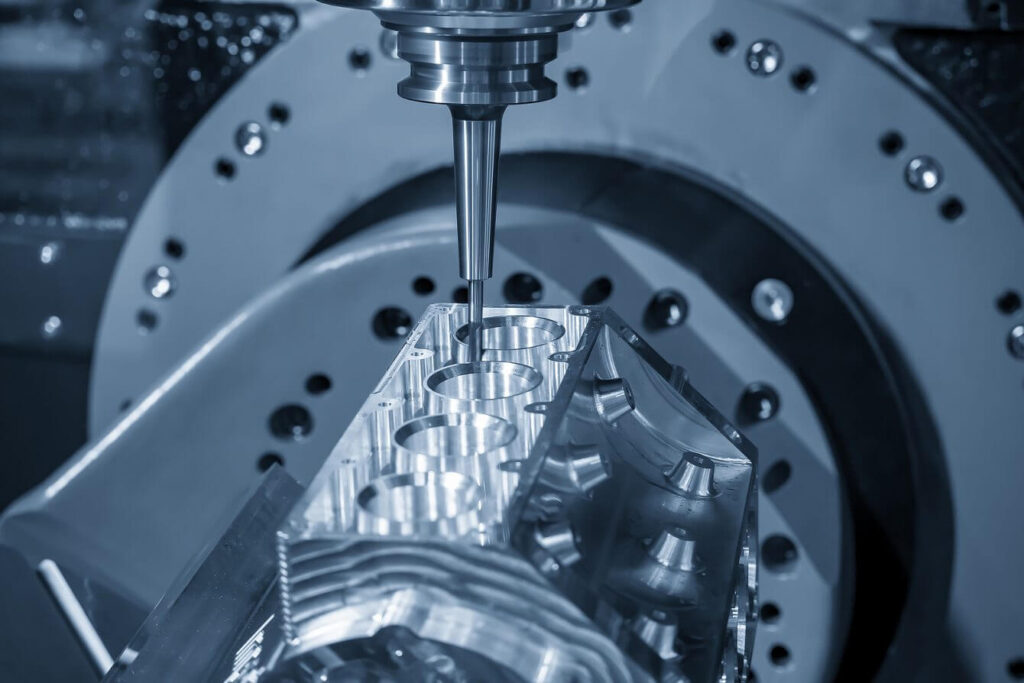
4.Turning Aerospace Components
CNC turning ensures high accuracy and repeatability, even when machining difficult materials. These machines can also perform the boring and threading required for many cylindrical aerospace parts.
5.Additional Requirements for Aerospace Precision Machining
World-class CNC machining capabilities are only part of what is required. A machine shop that wants to deliver aerospace parts must employ a rigorous quality system certified to AS 9100.
It should also have industry-leading inspection resources and the ability to finish parts to the required standards. With in-house value-added services such as certified heat treatment and surface treatment, a machine shop can provide a one-stop manufacturing solution to reduce overall product costs and delivery times.
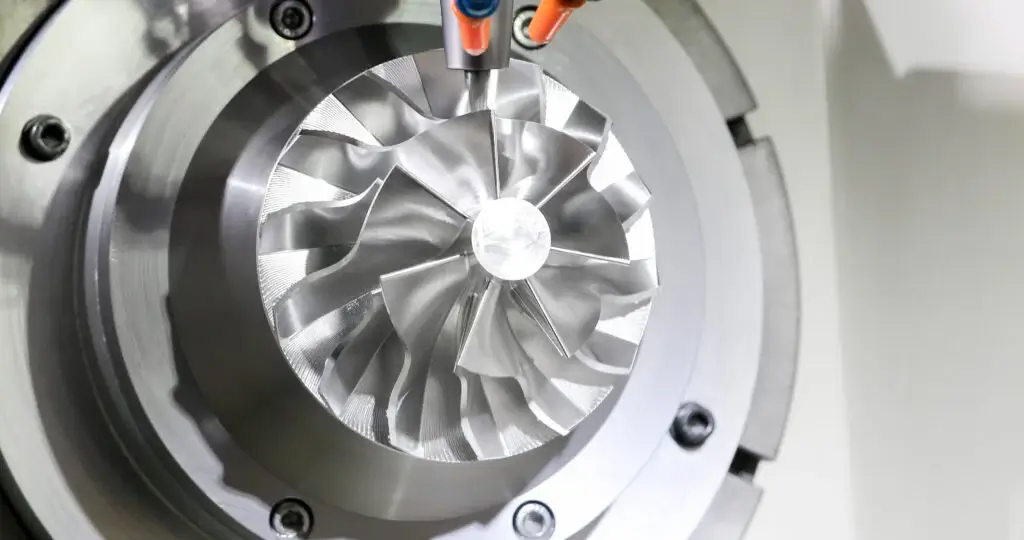
6.Advantages of Precision Machining in the Aerospace Industry
Industries such as aerospace are always looking to expand or remain competitive in the market. They are constantly trying to find ways to improve their operations. This is where precision machining comes in.
Precision machining involves computer software, electrical and electronic disciplines, and mechanical engineering. This manufacturing process has become increasingly important over the past decade.
It uses computer numerical control (CNC) machining tools to measure, design, manufacture, and develop a variety of systems, including aerospace systems.
As an industry that can only tolerate very small errors, the aerospace industry has taken advantage of the versatility and accuracy of precision machining.
Here are some of the benefits that precision machining brings to the aerospace industry:
1) More accurate and faster production
Unlike manual production, where even the most skilled workers can make mistakes, precision machined parts can be produced in a shorter time and are generally error-free.
By ensuring accurate and faster production, the aerospace industry can also save on the high costs of wasted materials, error corrections, and lost man-hours.
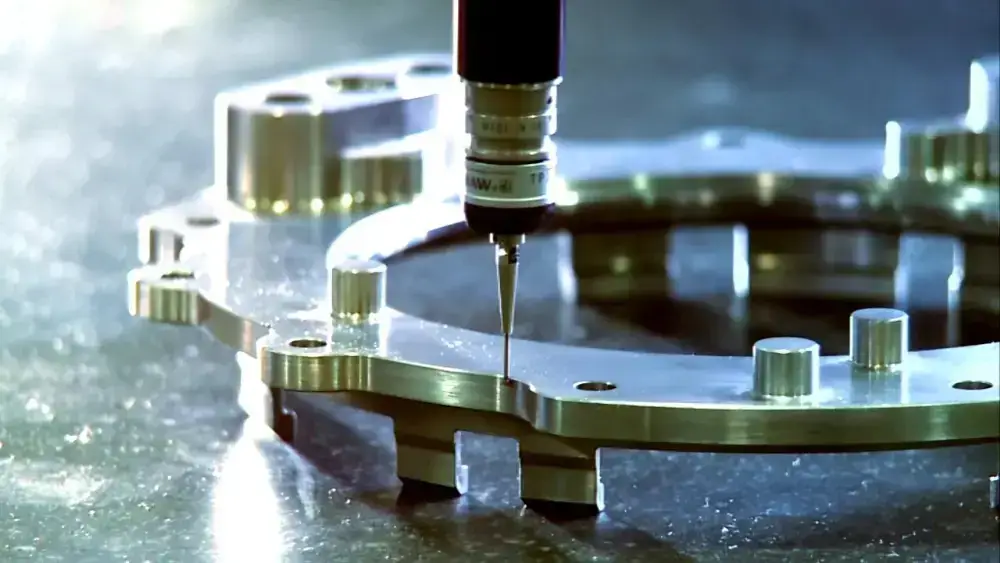
2) Efficient machining tools
There are now a variety of CNC machine tools that have multiple axes that the tool can move. 5-axis CNC machines allow the aerospace industry to go beyond 3D machining, allowing for the machining of very complex parts.
High-end machining tools also improve quality control through greater machine accuracy capabilities.
3) Design specifications
The versatility of CNC machines allows manufacturers to handle any material and other specifications. With computer software and the right commands, CNC machines can complete each step and specification precisely.
Precision machining also makes it easier and faster to replicate the same part while maintaining consistency in production. This is especially practical for the aerospace industry, which requires parts that use multiple systems and replacement parts.
The aerospace industry demands high accuracy, versatility, and repeatability when producing components for multiple systems. As technology advances, precision machining continues to provide an ideal solution for producing high-quality components for the aerospace industry.
